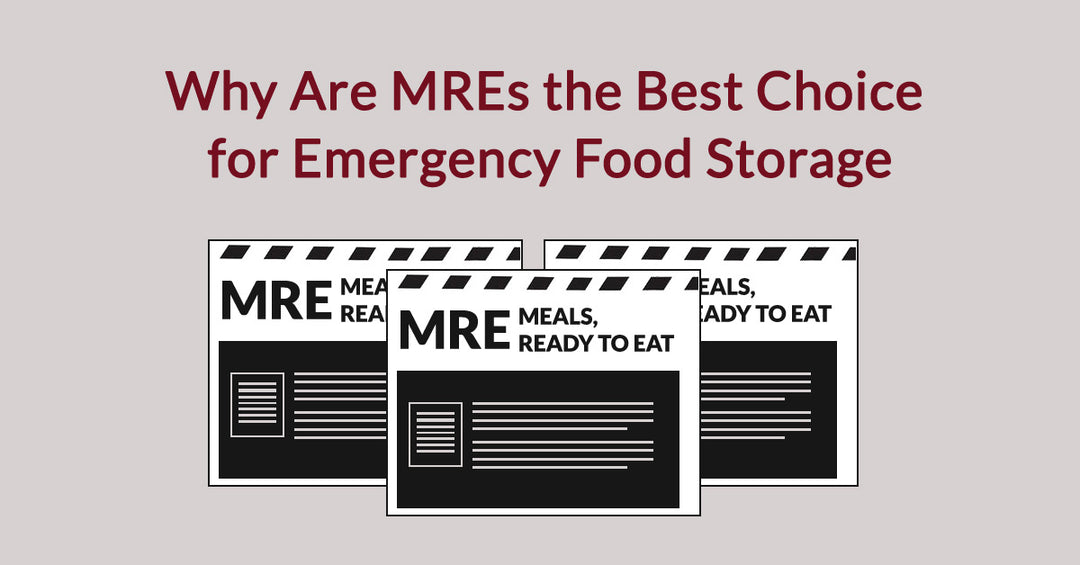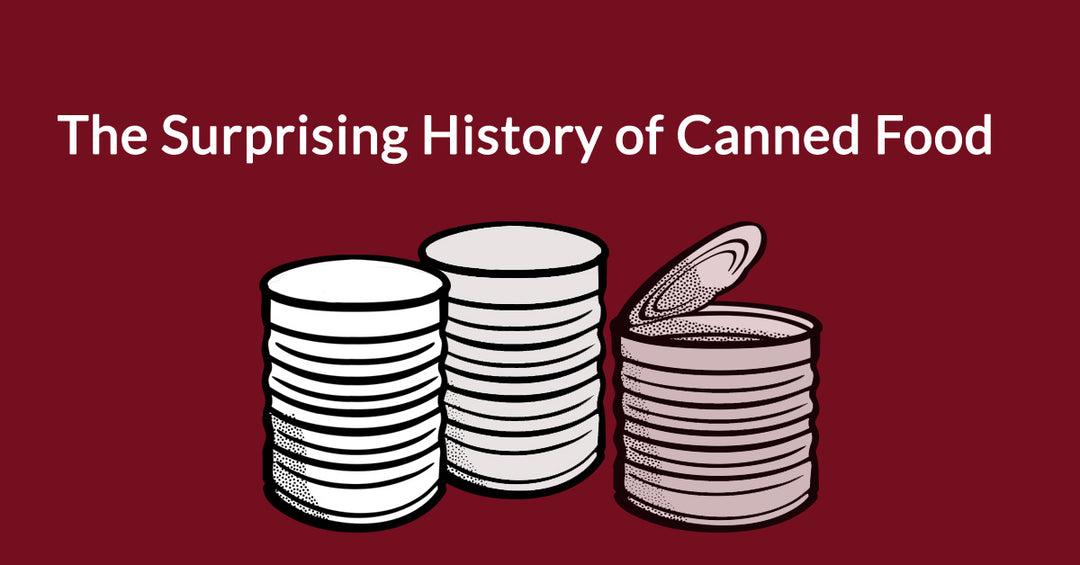US Food Supply Disaster Series: California Wildfires (October 2007, Southern California)

In October 2007, Southern California became an inferno. A series of widespread wildfires erupted near urban centers, forcing an unprecedented mass evacuation of over half a million people across multiple counties. These fires not only threatened homes and lives but also exposed critical vulnerabilities in the region's food security and disaster preparedness strategies. The challenges encountered in providing sustenance during this crisis offer invaluable lessons for building more resilient communities in the face of future environmental disasters.
The Unfolding Crisis: Food Challenges During the Fires
The sheer scale of the major evacuations presented immediate and complex food-related challenges. As residents fled their homes, many had little time to gather essential supplies, including food. This left countless individuals and families reliant on emergency services. The American Red Cross, a key responder, reported serving 1.4 million prepackaged meals and snacks to evacuees and first responders during the crisis, highlighting the immense demand for immediate sustenance. (Source: American Red Cross)
Evacuation shelters, rapidly set up in schools, civic centers, and stadiums like Qualcomm Stadium, were quickly overwhelmed by the high evacuee volumes. While volunteers worked tirelessly, the sheer number of people needing to be fed presented significant logistical hurdles. Shelters often struggled with adequate supplies, storage, and the capacity to prepare fresh meals. This underscored the need for more robust food delivery strategies and pre-positioned resources.
Adding another layer of complexity were the severe air quality issues. The thick, pervasive wildfire smoke made outdoor activities, including the preparation and distribution of food in open areas, incredibly challenging and hazardous for both volunteers and evacuees. This meant that while some efforts could be made outdoors, indoor spaces with filtered air became vital for safe food handling and consumption. (Source: EPA)
Enduring Lessons: Enhancing Food Resilience
The 2007 California wildfires provided a stark educational moment, reinforcing several key principles for future environmental crises and disaster response. The experience strongly emphasized the importance of pre-staged meals and the development of more effective food delivery strategies.
The concept of pre-staged meals became a cornerstone of improved disaster preparedness. This involves strategically storing non-perishable, ready-to-eat meals and snacks in accessible locations outside of immediate disaster zones. These supplies can then be rapidly deployed to shelters and distribution points, significantly reducing the initial scramble for food and alleviating pressure on overtaxed local resources. Such meals, often designed for extended shelf life, require no cooking or refrigeration, making them ideal for emergency situations where power and cooking facilities may be unavailable. (Source: American Red Cross)
Beyond pre-positioning, the fires highlighted the necessity for adaptable and diverse food delivery strategies. This includes establishing clear communication channels with food suppliers and transportation companies, developing alternative routes for delivery when primary roads are impassable, and leveraging partnerships with local businesses and community organizations.
For individuals, the fires reinforced the importance of personal emergency food kits. Residents in fire-prone areas are now more acutely aware of the need to have at least a several-day supply of non-perishable food items, bottled water, and manual can openers readily available in an easily accessible evacuation kit. This personal preparedness helps to lighten the load on community shelters and ensures basic needs are met during the initial chaos of an evacuation.




